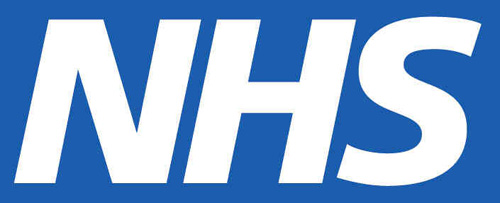A SCOTTISH health board has launched an investigation after IVF conception rates plummeted to almost 0%.
Infertile couples are now getting treatment at a private hospital after shockingly low success rates for two months in a row at Scotland’s biggest health board.
NHS Greater Glasgow and Clyde say the failures at the artificial conception unit at the Glasgow Royal Infirmary (GRI) could be linked to nearby construction work.

One possibility clinicians are considering is whether building work on the floor immediately above the unit may have disrupted or contaminated the artificial insemination process.
A round of IVF costs the NHS an average of £5,000, and around 30% of women normally fall pregnant per cycle.
The NHS is now paying for patients to be treated at Glasgow’s private Nuffield Hospital.
Treatment at the GRI conception unit is open to women and couples from Glasgow, Lanarkshire, Ayrshire and Arran and Dumfries and Galloway.
Around 25 NHS patients a week – including those who underwent treatment during the past two months – have been receiving IVF at the Nuffield’s Assisted Conception unit since November.
Until the mystery surrounding the alarming drop in conception rates is resolved, the Nuffield will carry out both the laboratory and surgery elements of IVF, although the GRI unit will continue to look after women coming in for check-ups or outpatient procedures.
Dr Helen Lyall, consultant gynaecologist at the GRI’s Assisted Conception Service, said: “Assisted conception success is never guaranteed but we must make sure that every chance possible is given to every single one of our patients.
“The Glasgow Assisted Conception Service is recognised as an excellent unit, achieving higher than national average success rates. Patients using our service should be assured that our decision to temporarily move activity to the Nuffield Hospital was a decision based on putting patients first while we look into what might be the reason for the reduction in our normal success rates.”
In Scotland, couples struggling to conceive are entitled to a maximum of three cycles of IVF on the NHS.
In order to qualify for treatment, women must be aged between 23 and 39, and couples must have been diagnosed with a fertility problem, or have been infertile for at least three years.
David Snape, hospital director at Nuffield Glasgow, said: “The team at Nuffield are delighted to be able to help our colleagues in the NHS at this time and we are particularly pleased that, with the collaboration of both teams, the GRI has been able to deliver a seamless service to all patients currently in the system.”
Margaret Watt of Scotland Patients Association said: “Scottish people are very pro-NHS and they don’t take going to the private sector very easily.
“If hospitals have to fall back on the private sector, then this is not a very comfortable place to be.
“They need to tell patients if it’s a temporary or long-term measure. They need to know if they will come back to the NHS. Hospitals need to reassure patients that this is not a permanent, long term solution.”
The IVF process is split into two major steps. In the first stage, the woman receives hormones to stimulate her ovaries into producing an increased supply of eggs, typically around a dozen, which are then harvested under anaesthetic by a gynaecologist using ultrasound and a long needle.
The eggs are then transferred from the theatre to laboratory-based embryologists, who mix the eggs with the partner’s sperm in a petri dish to encourage fertilisation.
Around three days later a developing embryo or embryos are implanted into the woman’s uterus in the hope of making her pregnant.
In September, the Scottish Government announced £12m of funding will go towards improving access to infertility treatment in all NHS boards.
The Government said it wanted a maximum NHS waiting time of 12 months for IVF treatment by March 2015.
NHS Fife was criticised by The Infertility Network after it said would no longer provide treatment to couples if either of them smoked, or if doctors considered the woman to be overweight.
